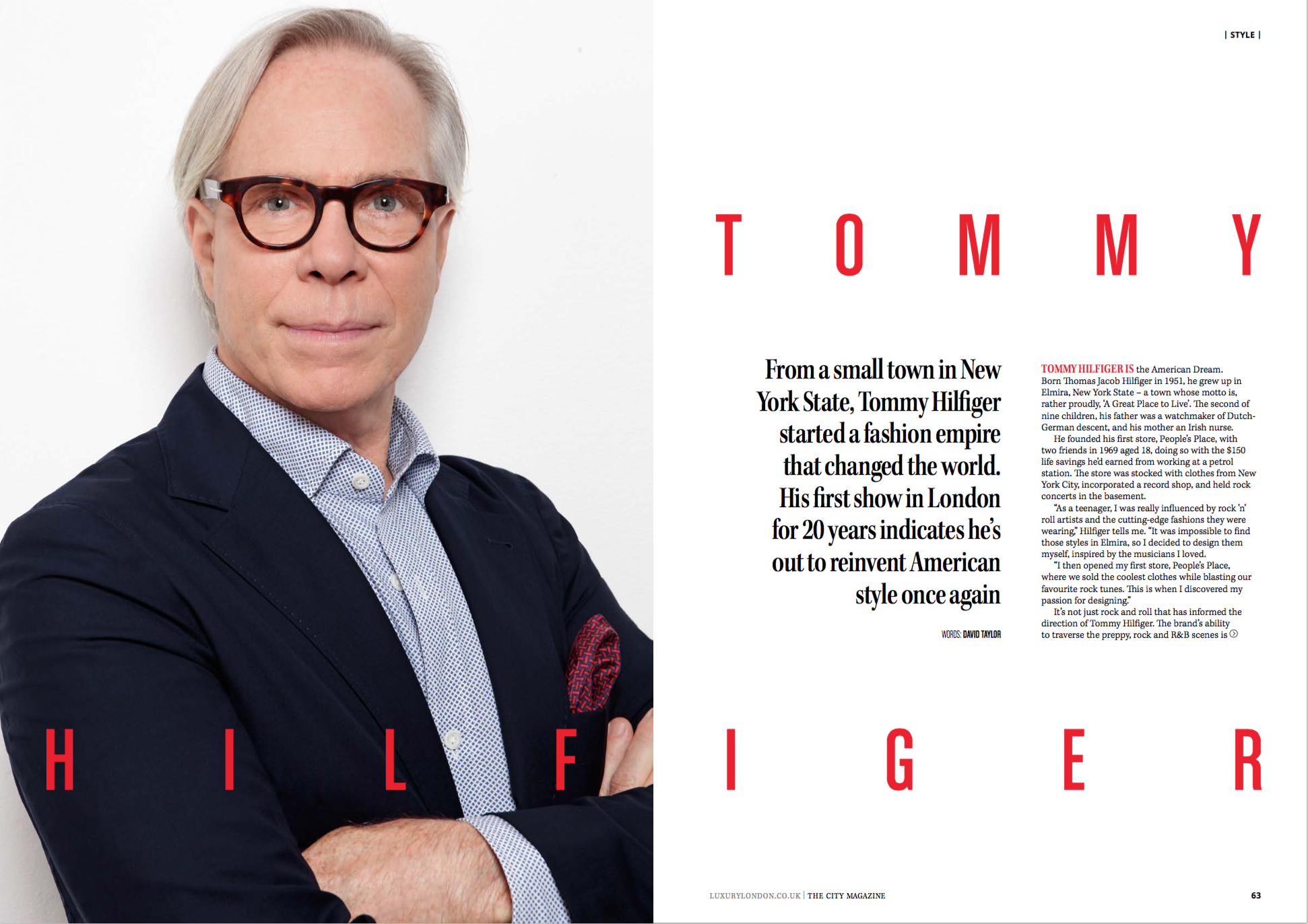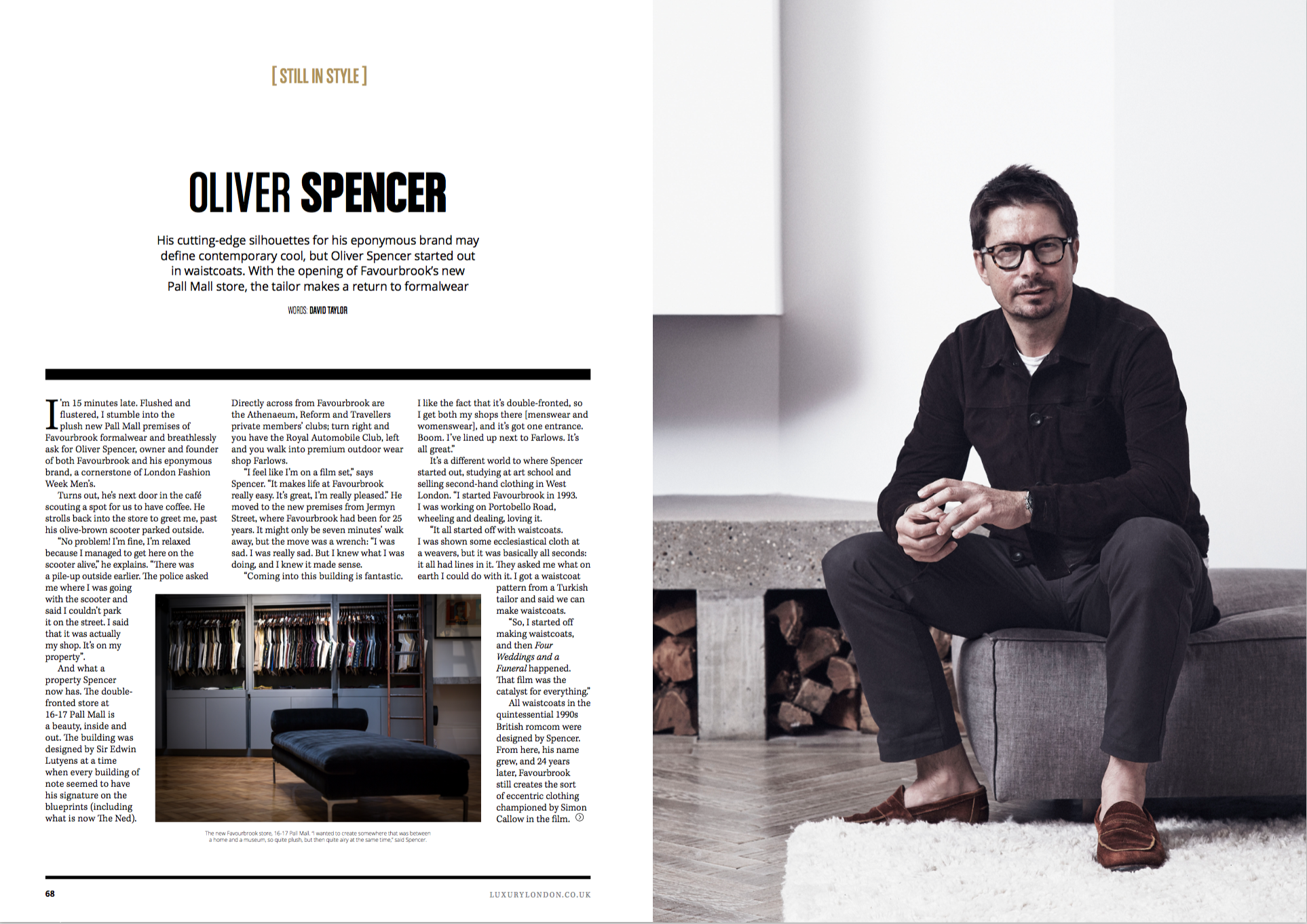Originally appeared in Dem Blades magazine
My dad is perfectly good in the father stakes. He’s done everything expected of a father and more. He took me to my first football match (Steve Kabba’s Grimsby). He taught me to shave. He’s bailed me out of my fair share of bad situations. He’s great.
However, unfortunately, he’s never played for Sheffield United Football Club, and this will remain a singular blot on his report card. Granted, Ian Wright found his break at the relatively late age of 21, but I think dad’s chance has now officially passed him by.
I therefore got to thinking: who, out of the many wonderful father figures to grace the Bramall Lane pitch, could I see as my second dad? Who would do the best job of pretending to be proud of me when I drew an objectively hideous self-portrait for a primary school charity tea towel (true story)?
It’s Billy Sharp. It’s obviously Billy Sharp.
I could get all statto with you, but I’m a very vague writer and there are many hundreds of people who could do a more thorough job than me. I shall, however, state merely two facts:
Billy Sharp scores goals.
When Sharp scores, we don’t lose.
At time of print, it’s been 46 consecutive matches in which Billy has bagged at least one goal and we haven’t lost. That’s made up of eight draws and 38 wins. THIRTY EIGHT WINS. WHEN BILLY SCORES. Chris Wilder must titter with glee every time Sharp jogs onto the pitch.
Yes, Billy has just come off the back of three barnstorming performances against Derby, Blackburn and Wigan. Yes, we’ve just moved up to third. And yes, I’m a tad emotional after a couple too many overpriced half-time lagers. However, his consistent performances and professionalism have contributed to him becoming this century’s highest scorer in the English leagues. You don’t get to that level without both having the support of your teammates and supporting them back.
Each club Sharp has played at is full of footballers grateful for his goals, but also his experience - of the game, the industry, and dealing with the pressures this entails. The outpouring of respect after his record-breaking 220th goal was a sight to behold, with not only thousands of Unitedites lavishing on him every ounce of praise they could muster, but strikers like James Beattie and Alan Shearer showing their appreciation for a monumental achievement (reached in 109 fewer games than now-second-placed Rickie Lambert).
The man is an inspiration, not only to youngsters watching from the stands and emulating his goals at the park the next day, but to the wider footballing world for his approach to the game throughout his career. Perhaps his most memorable goal came for Doncaster, days after the loss of his newborn son, Luey. Insisting he play, Sharp scored an inch-perfect volley and uncovered a shirt with the words “that’s for you son”. A few days later, after scoring against Ipswich, the entire Ipswich support stood to applaud a man who would have been forgiven for crumbling in the face of such pain and loss, but had instead channeled this into a tribute for his son. It takes an almost unbelievable level of dignity and strength, both from Billy and his wife Jade, to carry on in such traumatic circumstances, but if there’s one player you would expect to do so, it would be him.
I also saw footage of him on Twitter after our promotion from League One drinking with Harry Maguire, dancing on a pub garden table, and singing his own song, and it looked like a lot of fun. If we were related, we could do that together at least twice a year (Christmas and end of season before a holiday - you’re invited too, Harry).
So, to Billy Sharp. Goalscorer, captain, hero. My adoption papers are in the post.













